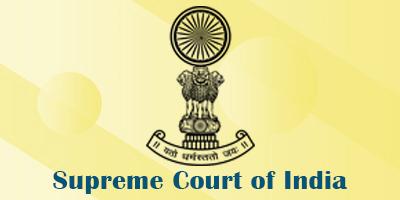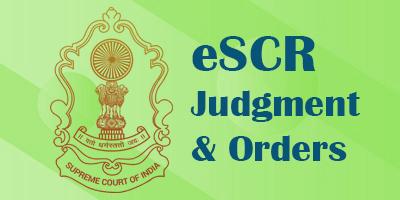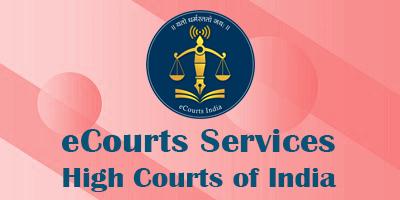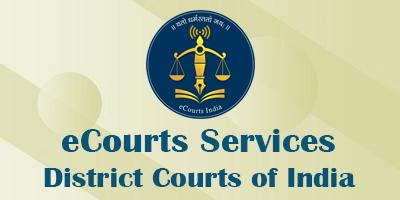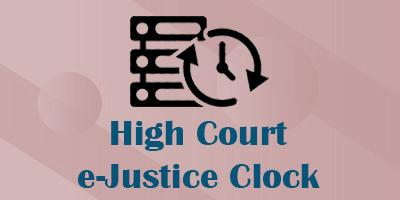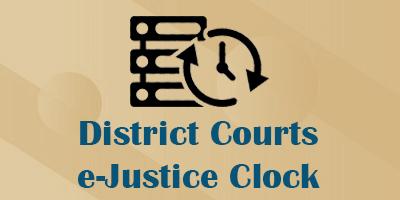History
Shillong became the capital of the then Assam under the Chief Commissioner upon taking away its management from the Lieutenant Governor of Bengal vide Proclamation No.379 dated 06.02.1874 and Notification No.380 issued by the Governor General in Council. In the same year, in April, the Scheduled Districts Act, 1874 was enacted and the entire Assam under the Chief Commissioner was declared to be Scheduled Districts.
On 11th September, 1968 the Government of India announced a scheme for constituting an autonomous State within the State of Assam comprising certain areas specified in Part A of the table appended to paragraph 20 of the Sixth Schedule to the Constitution. In terms of the said announcement, the Constitution (22nd Amendment) Act, 1969 was enacted conferring power on the Parliament for the formation of an autonomous State within the State of Assam. Accordingly, Assam Reorganization (Meghalaya) Act, 1969 (Act 55 of 1969) was enacted for establishing autonomous State of Meghalaya within the State of Assam making special provisions with respect to application of laws in Meghalaya. The autonomous State of Meghalaya comprises of the United Khasi-Jaintia Hills District and the Garo Hills District appearing at Serial No.1 and 2 of the table appended to paragraph 20 of the Sixth Schedule. The formation of autonomous State of Meghalaya is under paragraph 12A of the Sixth Schedule to the Constitution of India inserted by the Assam Reorganization (Meghalaya) Act, 1969.
In 1970-1971 there was political reorganization of areas in the North Eastern Region which was brought about by the North Eastern Areas (Reorganization) Act, 1971 (Act 81 of 1971). By this Act statehood was granted to Meghalaya and accordingly, the State of Meghalaya with its capital at Shillong was formed on 21st January, 1972 and before that, till January, 1972 Shillong was the capital of Assam and autonomous State of Meghalaya. Paragraph 12A after being substituted by the North Eastern Areas (Reorganization) Act, 1971 provides that if any law or regulation made by the District or Regional Council under paragraph 3, 8 or 10 is repugnant to the law made by the Meghalaya Legislature, then the law or regulation made by the District or Regional Council, to the extent of repugnancy be void and the law made by the State Legislature shall prevail. With respect to Acts of Parliament, the power of the President to issue notification directing that any Act will not apply to Meghalaya was retained.
In exercise of the power conferred by sub-section (1) of Section 229 of the Government of India Act, 1935 as adopted by the Indian Provincial Constitution (Amendment) Order 1948, the Governor General of India was pleased to promulgate the Order with caption as "Assam High Court Order 1948" culminating into establishment of the High Court of Assam on 5th day of April, 1948 in the then province of Assam. Justice Sri. Hari Lal Kania, the then Chief Justice of India came to preside the inauguration of the High Court of Assam at Shillong on invitation of his Excellency the then Governor of Assam Sir Akbar Hydari and Premiere of the Province (L) Gopinath Bordoloi. Later on, the Assam High Court came to be known as High Court of Assam and Nagaland on constitution of the State of Nagaland under the State of Nagaland Act, 1962 which came into existence w.e.f. 1st December, 1963.
Under the North Eastern Areas (Reorganization) Act, 1971 a common High Court in the name of Gauhati High Court was established for Five North Eastern States namely, Assam, Nagaland, Manipur, Meghalaya and Tripura and two Union Territories namely Union Territory of Mizoram and Union Territory of Arunachal Pradesh, which also attained their Statehood by the enactments called the State of Mizoram Act, 1986 and the State of Arunachal Pradesh Act, 1986. Vide Gauhati High Court (Establishment of Permanent Bench at Shillong) Order 1995, Permanent Bench of the Gauhati High Court at Shillong was established and inaugurated by Hon'ble Mr. Justice A.M. Ahmadi, the then Chief Justice of India in the presence of His Excellency Shri. Madhukar Dighe, the then Governor of Meghalaya, Shri. S.C. Marak, the then Chief Minister of Meghalaya, Shri. H.R. Bharadwaj, the then Union Minister of Law and Hon'ble Mr. Justice V.K. Khanna, the then Chief Justice of the Gauhati High Court.
Under the North Eastern Areas (Reorganization) Act, 1971 and other related laws Amendment Act, 2012 separate High Court in the name of High Court of Meghalaya was established for the State of Meghalaya w.e.f. 23rd March, 2013. The High Court of Meghalaya was inaugurated by Hon'ble Mr. Justice Altamas Kabir, the then Chief Justice of India in the presence of Hon'ble Chief Minister of Meghalaya and the then Hon'ble Union Minister of Law and Justice on 25th March, 2013 in its new building.
Shillong Bar Association one of the oldest in the country was established in the year 1913 at Shillong; and some of the members of Association like Charu Datta, Lala B.K. Dey, Ahmed Ali Khan, Bar-at-Law, Rajani Goswami and F.A. Ali Ahmed (who later on became the President of India) were actively associated with the freedom movement. Rajani Goswami during 1930-31 and F.A. Ali Ahmed in 1942 for participating in Quit India Movement suffered imprisonment and they were given due recognition as Freedom Fighters. Other members of Association namely, H.R. Das and Rajen Mohanta were also arrested and imprisoned in connection with the 1942 Quit India Movement. P.C. Biswas, H.R. Das and Rajen Mohanta were awarded Tamrapatra and political pension by the Government of India in 1972 under the Central scheme. Shillong Bar Association had celebrated its centenary in the year 2013 and His Excellency Shri. R.S. Mooshahary, the then Governor of Meghalaya was the Chief Guest.
Published: Sep 18, 2017 - Last updated: May 13, 2021



















